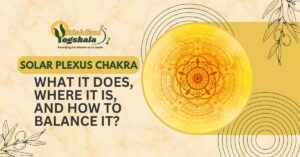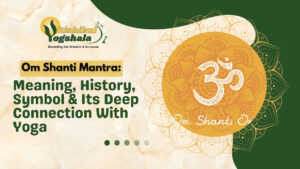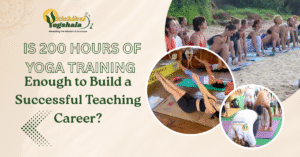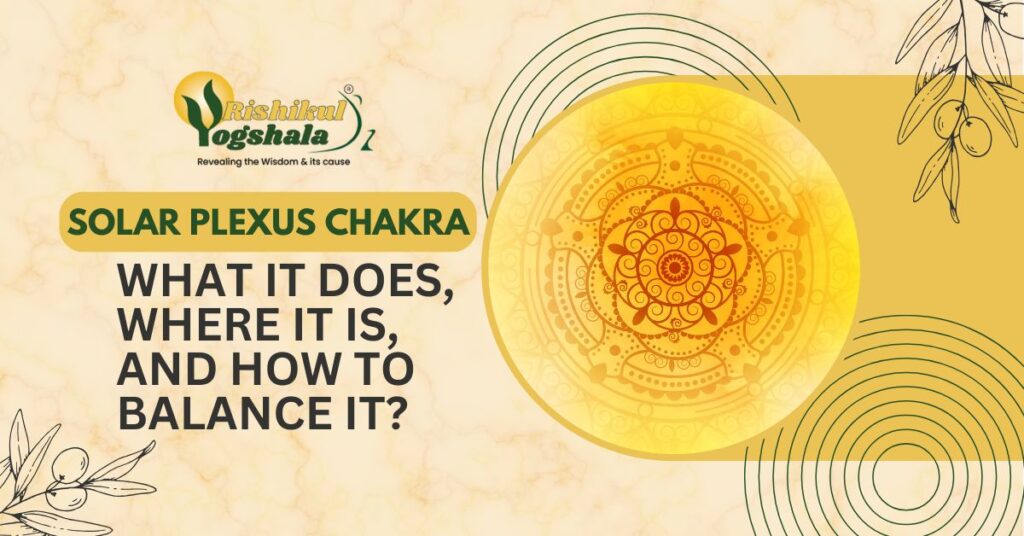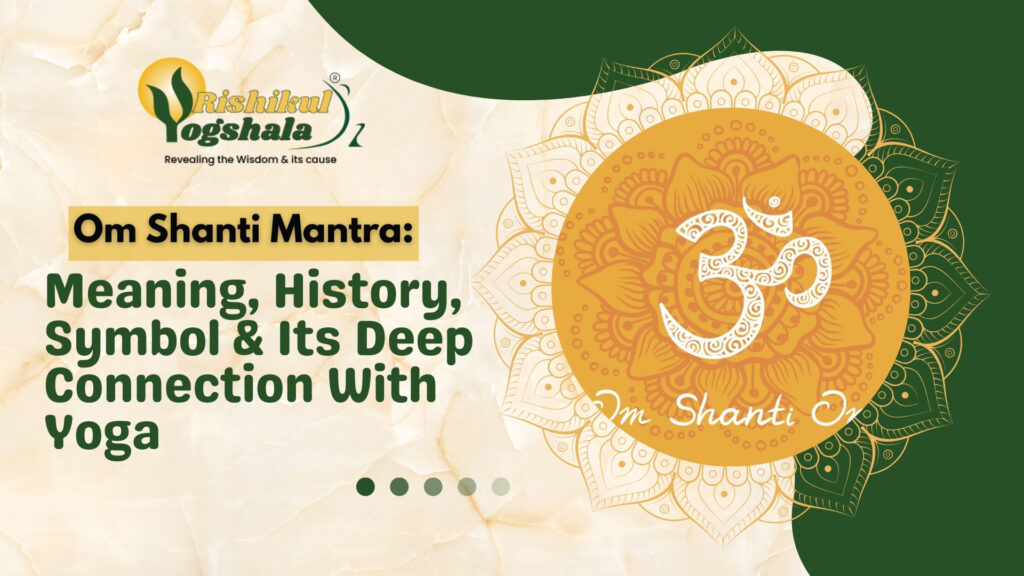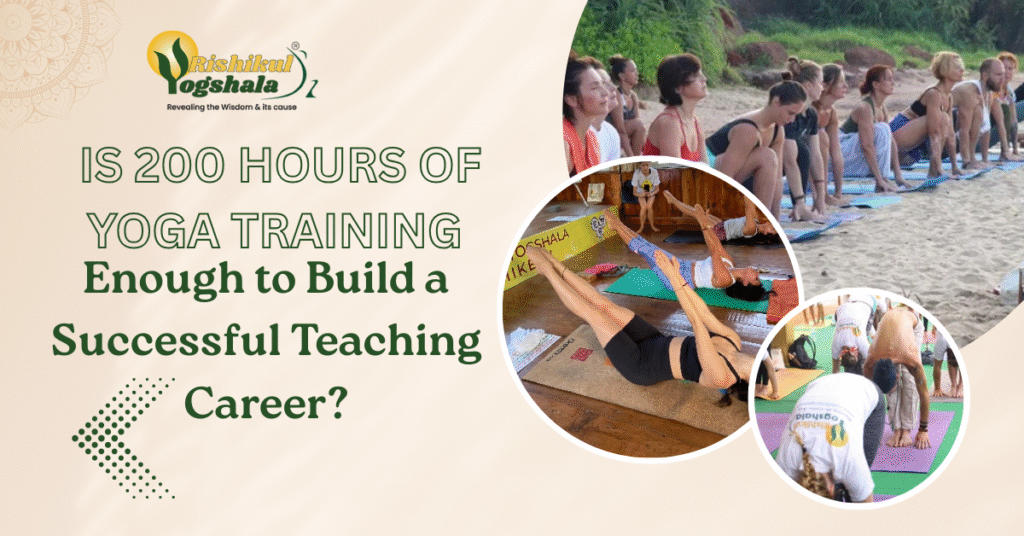Six Best Hatha Yoga Poses for Beginners
Discover the Transformative Power of Hatha Yoga
Hatha yoga is a foundational branch of yoga focused on physical practices designed to calm the body, mind, and soul in preparation for higher spiritual work. The term ‘Hatha’ is derived from ‘Ha’ meaning sun and ‘Tha’ meaning moon, symbolizing the balance of solar and lunar energies within. Regular practice of Hatha yoga asanas can lead to a sound body and mind, fostering inner happiness and consciousness. It also involves a holistic regimen including a nutritious diet and pranayama, contributing to overall physical, mental, emotional, and spiritual well-being.
Practice These Six Hatha Yoga Beginner Poses
1. Mountain Pose (Tadasana)

- How to Do It: Stand tall with feet close together and arms by your sides. Distribute your weight evenly across the balls of your feet. Tuck your tailbone in. Inhale and raise your arms overhead, folding them in a prayer position. Keep your breathing relaxed and smooth, gazing at a point in front of you. Hold for 60 seconds.
- Benefits: Improves posture, reduces back pain, and strengthens thighs, ankles, abdominal muscles, and hips.
2. Tree Pose (Vrikshasana)

- How to Do It: Start in Mountain Pose with feet hip-distance apart. Firmly ground your feet and lift your left leg high, placing it on the edge of the right inner thigh. Align your body, fold your palms in Namaste position in front of your heart, and balance. Hold for 30-60 seconds.
- Benefits: Stretches thighs, shoulders, and groins, tones abdominal muscles, and is therapeutic for sciatica.
3. Standing Forward Bend Pose (Uttanasana)

- How to Do It: Stand with an erect spine and hands on hips. Inhale, stretch your arms up, and on exhalation, bend at the hips bringing your arms to the floor or resting them on your ankles. Rest your chest, nose, and forehead on your thigh. Hold for 15-20 seconds.
- Benefits: Stretches hamstrings and calves, strengthens thighs and knees, and alleviates headache, anxiety, asthma, sinusitis, and high blood pressure.
4. Downward Facing Dog Pose (Adho Mukha Svanasana)

- How to Do It: Begin in a tabletop position with wrists under shoulders and knees under hips. Exhale, curl your toes inward, lift your knees, and extend your legs behind. Raise your hips towards the ceiling, aligning your head with your arms without letting it hang. Fix your gaze at your navel. Hold for 20-30 seconds.
- Benefits: Energizes and rejuvenates, provides a deep stretch to hands, calves, and hamstrings, and strengthens legs and shoulders.
5. Bridge Pose (Setu Bandhasana)

- How to Do It: Lie on your back with bent knees and arms on the floor. Bring heels close to your posterior, press your feet firmly into the ground, and lift your hips, lower back, and chest. Roll shoulder blades away from ears, relax neck and head on the floor, and clasp hands under your back. Hold for 30-60 seconds.
- Benefits: Opens the heart, chest, and shoulders, and massages the spine, neck, thighs, and back.
6. Locust Pose (Salabhasana)

- How to Do It: Lie on your stomach with arms at your sides and elbows bent. Straighten your legs, lift your torso, chest, and arms away from the floor, keeping arms parallel to the ground. Raise your legs above the mat, gazing forward. Hold for 30-60 seconds.
- Benefits: Strengthens and increases flexibility in the spine, legs, hips, and torso muscles.
Also Read – The 10 Health Benefits of Hatha Yoga
Conclusion
Incorporating these Hatha Yoga poses into your routine can significantly enhance your physical and mental well-being. Whether you’re just starting out or looking to deepen your practice, Hatha yoga provides a solid foundation for achieving balance and vitality. For a more comprehensive experience and to explore further into yoga, consider joining our 200 Hour Yoga Teacher Training In India, 300 Hour Yoga Teacher Training In India, or 500-hour Yoga Teacher Training in India. Additionally, explore our Ayurveda Retreat in India and Yoga Retreat in India for a holistic approach to health and wellness.
Explore more about Hatha Yoga and elevate your practice with Rishikul Yogshala today.

MEDITATION, INSPIRATIONAL AND SPIRITUAL GUIDE
Yogi Gangesha Chaitanya is a master of Yoga Philosophy, Meditation, Pranayama, and Spiritual Guidance, trained under Swami Rama and renowned institutions like the Himalayan Tradition and Sri Aurobindo Ashram. With expertise in Kundalini Yoga and meditation, he mentors students in 200-hour and 300-hour Yoga Teacher Training programs, guiding them toward inner awareness, spiritual growth, and a deeper understanding of yoga.
View Instagram Profile

